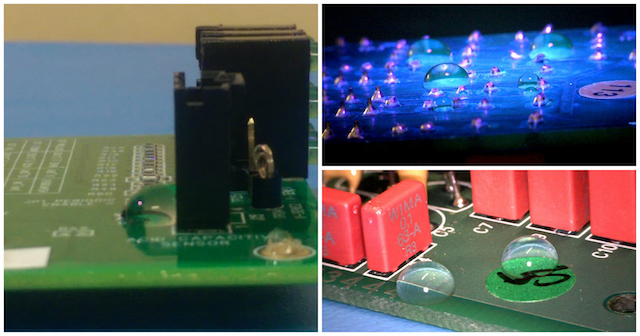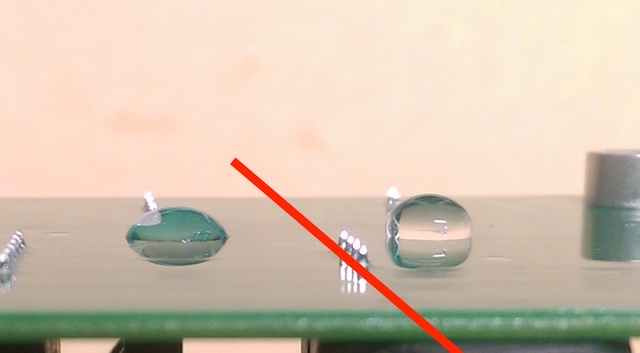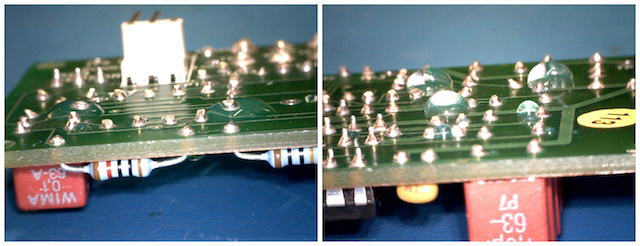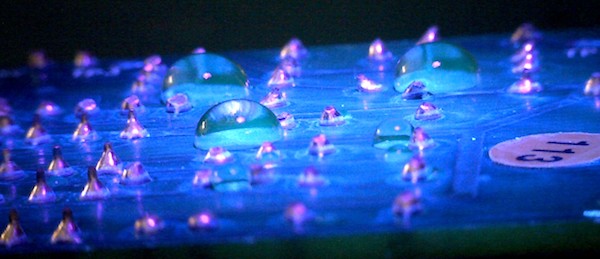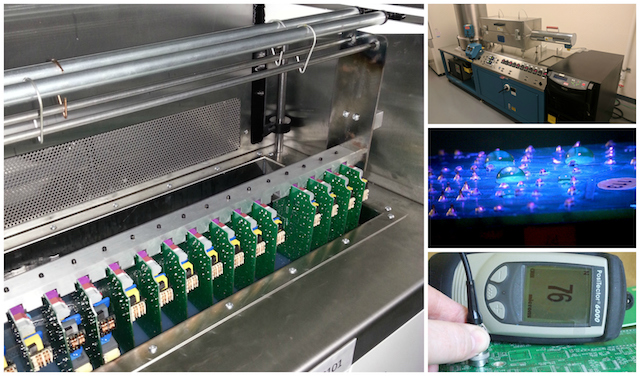 Conformal coatings can be applied to printed circuit boards (PCB) in the production process environment in many alternative ways.
Conformal coatings can be applied to printed circuit boards (PCB) in the production process environment in many alternative ways.
Listed below are the common methods of applying the conformal coating materials.
- Brushing
- Aerosol spray
- Batch spray
- Selective spray
- Dipping
- Vapour deposition
It is possible to split the different application methods and their suitability in many different ways including:
- Compatibility with the conformal coating material
- Design of the circuit board
- Suitability to low, medium and high volume
- Manual versus automatic process
- Type of method of application
- Level of control required
Each of the various methods has different advantages and disadvantages and should be carefully considered.
This thought process relates to the Nexus holistic approach to conformal coating processing that states that you should consider the conformal coating material, the application process and the circuit board together and not as three separate entities.
Find out how we can help you with your conformal coating application selection now.
Contact us to discuss your needs and let us explain how our coating equipment could work for you.
